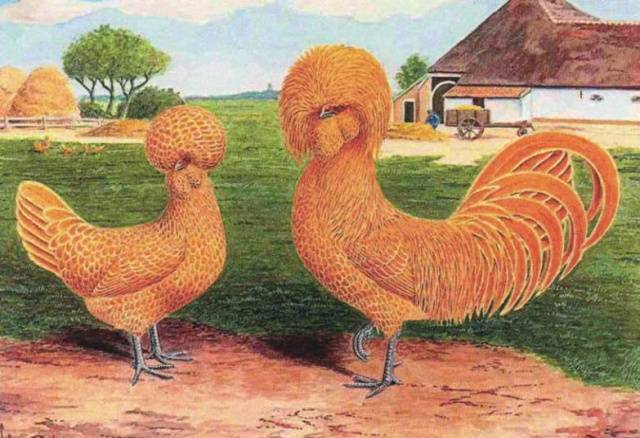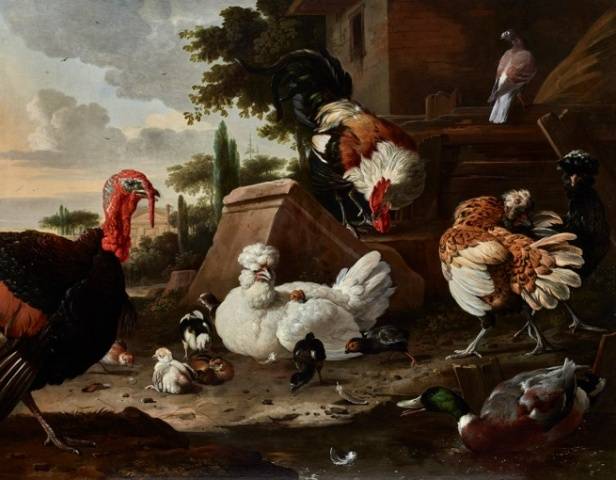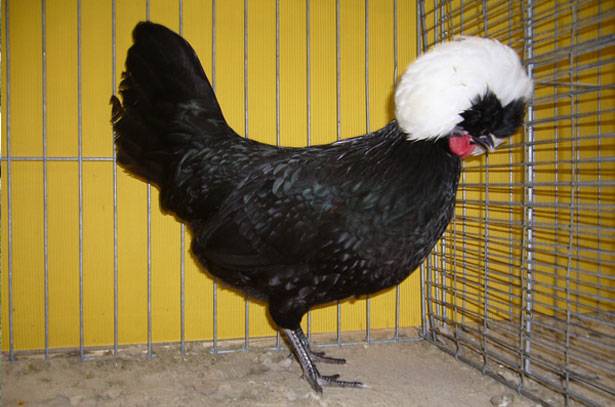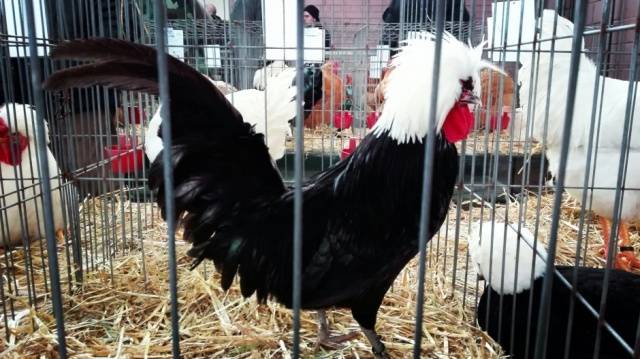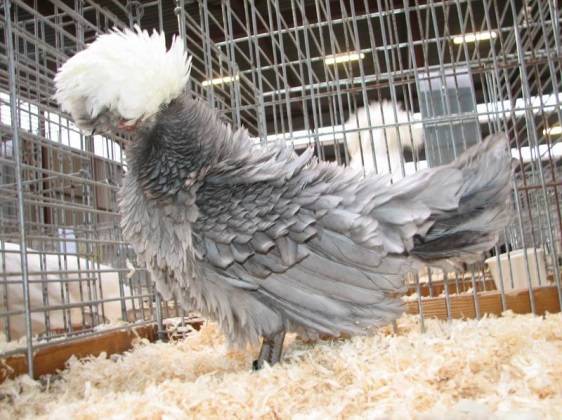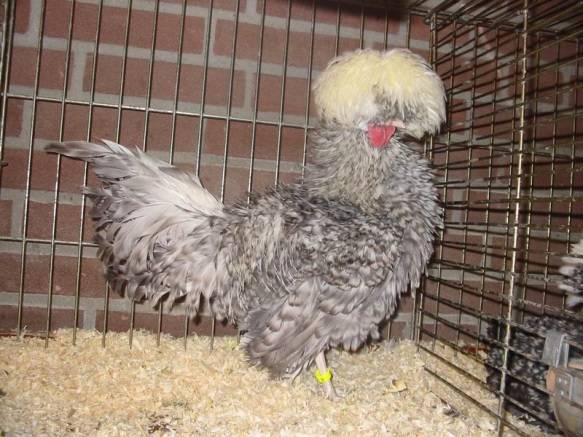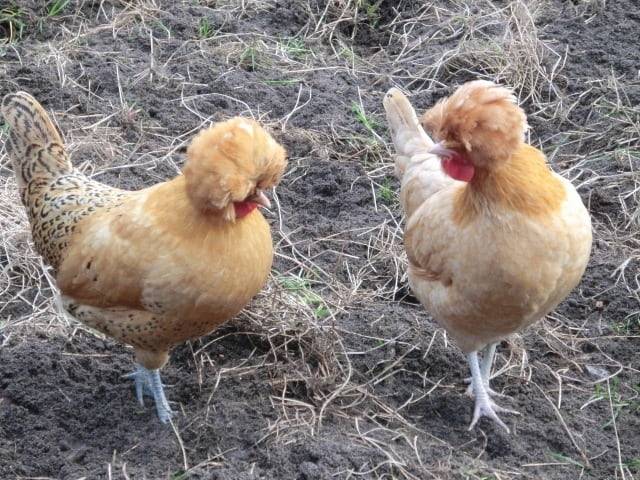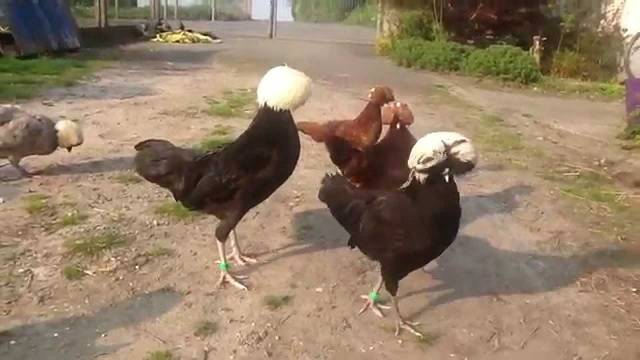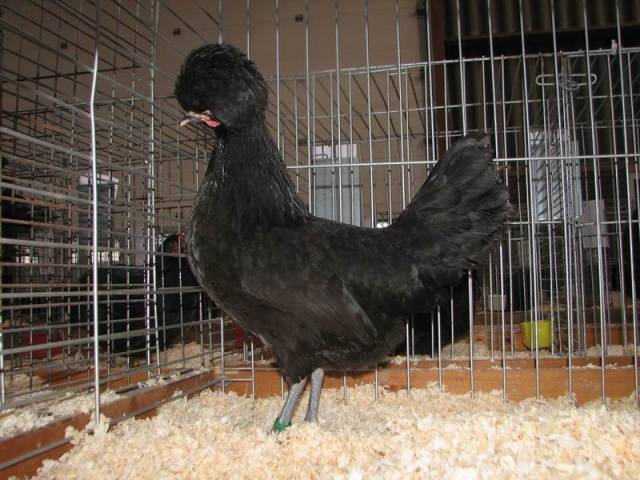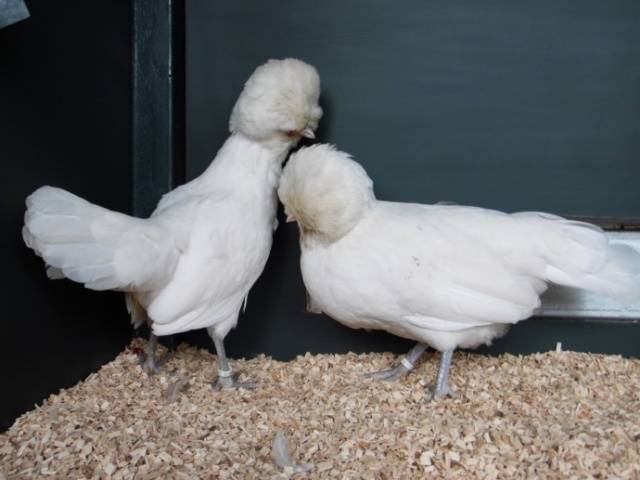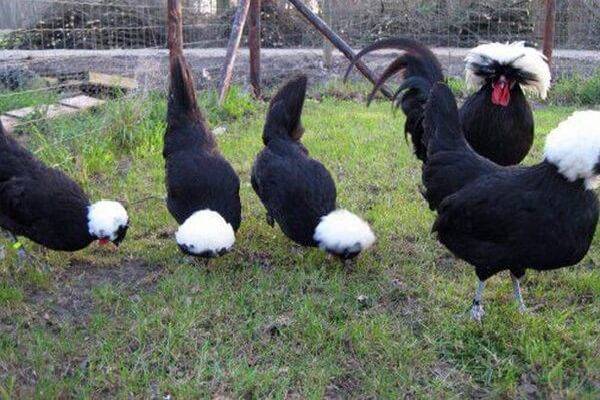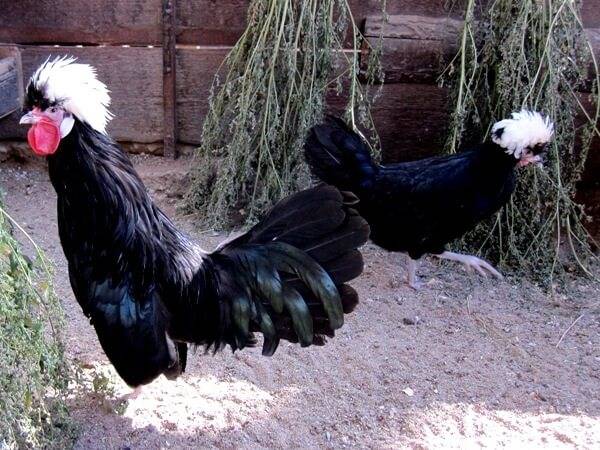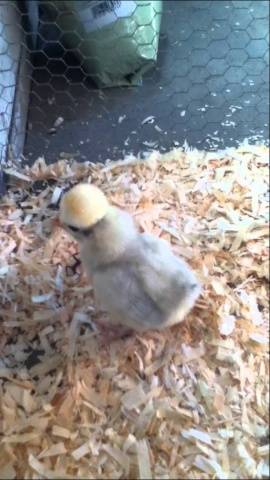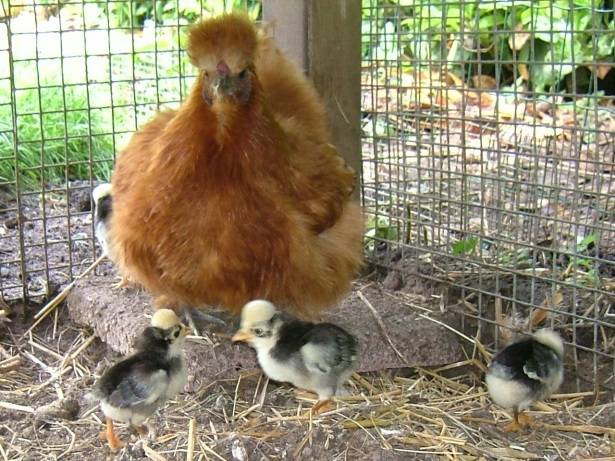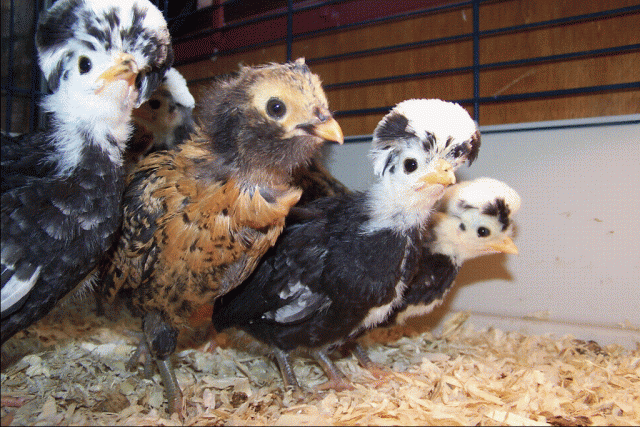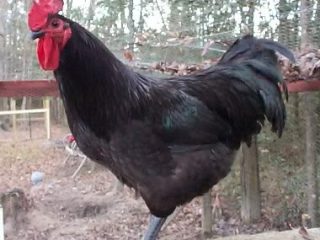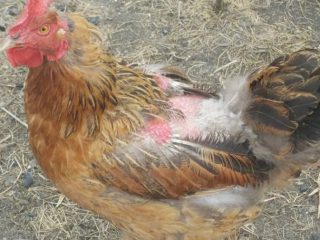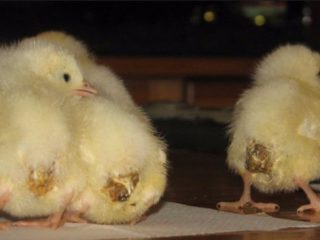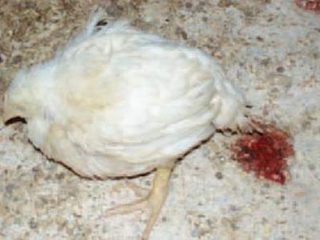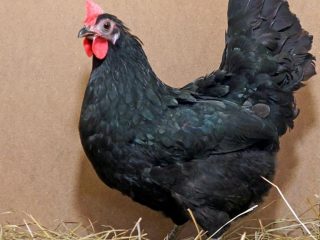Content
The Dutch white-crested breed of chickens has a very interesting and unclear origin. In the Russian-speaking space it is called Dutch; in the Netherlands and the rest of Europe it is often called Polish. Chickens similar to Dutch White-crests have been depicted in paintings since the 17th century, but the exact origin of this breed is unknown.
There is a version that the Dutch originally bred very productive chickens for meat and eggs. At that time, the breed from the Netherlands did not resemble the modern one. But it laid a colossal number of eggs for those times and produced good meat.
Later it was brought from Poland tufted hen and crossed with productive Dutch ones. The final result of the crossing was the modern Dutch white-crested chicken, which became possible to use not only as a productive bird, but also as an ornamental bird.
Description
After they stopped demanding a large number of eggs from the Dutch White-crested and put an emphasis on beauty, egg production most likely decreased. Or has not risen since the Middle Ages. Today's productive characteristics of Dutch white-crested chickens are at an average level for meat breeds, while the white-crested chicken itself is considered a meat-egg breeder.
Over the past centuries, the crest has undergone some changes towards greater elegance. But initially the breeders overdid it a little. The chickens did not have a particular problem with the crest. It became lush and spherical. The roosters' comb began to droop to one side. In general, due to the too much pomp of the crest, the chickens’ vision began to suffer. Eventually, the Dutch Poultry Association tightened the standard, requiring that the crest and crest be proportional to the size of the bird. For breeding work, it was recommended to select roosters with a powerful, medium-sized standing comb.
Standard
The Dutch white-crested rooster weighs about 2.5 kg. Chicken from 1.5 to 2 kg. In the dwarf version, the rooster weighs 850 g, the hen 740 g. The productive egg characteristics of the Dutch white-crested chicken breed are low by today's standards: 140 eggs per year and the weight of one egg does not exceed 50 g. The shell is white.
Today, the main attention is paid to the appearance of these chickens, which have already firmly become decorative. The White-crested body has a compact body. The comb of roosters is often not visible under the feathers and gives the impression that it is missing. In fact, a purebred rooster has a red comb, although it is hidden. The ridge shape is V-shaped. The earrings are red, the earlobes are white. The eyes are red or brown. The color of the beak depends on the plumage of the bird. The color of the beak and tarsus matches the color of the bird.
The skeleton is light. The body is compact, located almost horizontally relative to the surface of the earth. The wings are small, tightly pressed to the body. The abdomen is tucked and well developed. The back is straight.The tail is located almost vertically, of medium density, narrow. Roosters are decorated with long braids running along the inside of the tail. Legs of medium length. Metatarsus unfeathered.
Breed Features
In the description of Dutch white-crested chickens, there are signs by which the purebred bird can be determined:
- there is a swelling on the skull, on which the famous crest grows;
- at the base of the beak long feathers grow, matching the color of the main plumage; these feathers form a butterfly or whisker pattern.
Today, chickens have been bred with other color options. Russian-language sources in the description of the Dutch white-crested chicken breed insist on a maximum of two varieties of colors: black and lavender - a derivative of black. In fact, a black body with a white crest is simply the most common color option for the Dutch White-crest. Foreign sources provide photos of Dutch white-crests with quite a wide variety of colors. And sometimes even without a white crest.
Lavender color
Motley
Salmon
Chocolate
In the photo in the background.
Black
And the most paradoxical-sounding color of the Dutch white-crested dog is black.
White
Available in a Dutch pet store.
One should not be surprised at the presence of white and black colors, since these genes responsible for these colors are definitely present in the original Dutch white-crested breed with a black body and a white crest. Although, considering the pictures with white and red crested chickens, we still need to think about what the original color is.
Advantages and disadvantages
Pros: very beautiful appearance.
And now about the shortcomings.The main drawback is the crest. As you can see in the photo of Dutch white-crested chickens, the feathers of the crest are very long and cover the chickens' eyes. When wet, feathers become heavy and droop. In winter, they often freeze. In order for the tuft to be beautiful and white, it must be washed. Food sticks to the feathers of the crest, which leads not only to feather contamination, but also to problems with the eyes.
Chickens are very nervous and shy. They tolerate stressful situations very poorly. You cannot approach them suddenly. These chickens must see the approach of a person in advance.
These chickens often have intraspecific conflicts, during which they can easily pluck feathers from the crest. Also, feather eaters often appear in the Khokhlo and chickens must be periodically checked for the presence of parasites.
They are fussy and unable to get along with other breeds. Very susceptible to diseases due to weak immunity. Demanding about conditions of detention.
Features of chickens
If the shortcomings identified from the description and photo of the Dutch White-crested chickens do not discourage you from wanting to purchase the breed, you will have to figure out how to distinguish Dutch White-crested chickens from representatives of other breeds.
It's actually not difficult. Thanks to a feature characteristic of the breed: the convexity of the skull, even one-day-old chickens already have a crest. True, made of fluff.
This chick will most likely be lavender with a white tuft.
Even if the chicks were bred by another chicken, for example, a Chinese silkie, it will still not be difficult to spot the right chicks.
Chinese Silk chicks do not have such a crest at birth. The crest on their head begins to grow simultaneously with the general plumage of the body.
It's even easier with older chickens.
Content
Dutch white-crested chickens require special treatment. Unlike other chickens, Dutch white-crested chickens cannot be kept even on sawdust. If shavings are used as bedding, they should be large. And cleared of small particles that will stick to the feathers on the head and tangle them. When kept on straw, it is also necessary to check the hens' crests daily to see if a blade of grass is tangled there.
The litter must always be dry. In wet conditions, pathogenic bacteria multiply quickly, and Dutch white-crests have weak immunity.
Separate keeping in a sufficiently spacious room is required. Dutch white-crests do not get along with other breeds and fight among themselves. Chickens should have the opportunity to go their separate ways.
You cannot visit the Dutch White-crested Dogs “without warning”. Chickens must see the owner in advance.
When feeding wet food, the mash should always be freshly prepared. Dutch white-crests have weak intestines, and wet food quickly turns sour. The water in the drinking bowl should also not stagnate.
Reviews
Conclusion
Dutch white-crested chickens are good for those who breed birds for participation in exhibitions. They are not even suitable for decorating a yard in the Russian climate. As a productive breed they have almost completely lost their importance.
